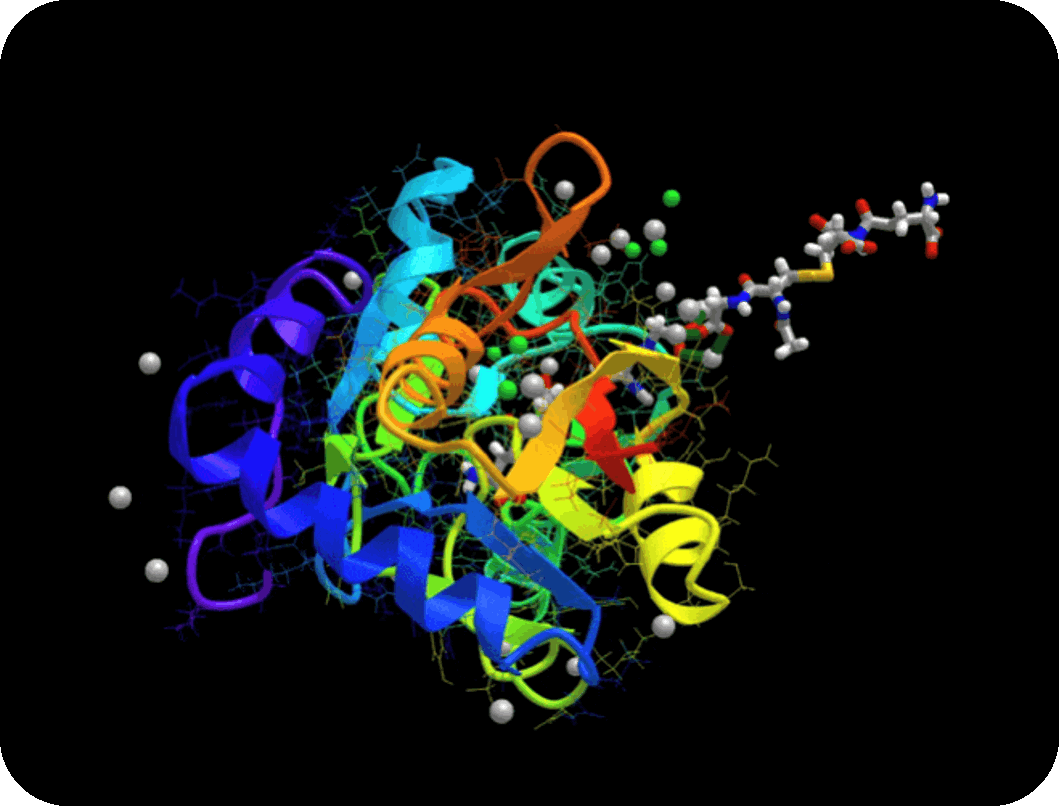The regenerative antioxidant network includes dietary sources of antioxidants and amino acids. They come from proteins and phytonutrients (from plants). This assists the body to defend itself from free radicals (normal by-products of metabolism), lowering oxidative stress (think of browning apples).
Free radicals are reactive, meaning they can damage internal components of the cell. Different types of free radicals include ROS (reactive oxygen species) and RNS (reactive nitrogen species).
Excess ROS (reactive oxygen species) can lead to oxidative stress. This is the reaction of tissues (which make up organs in the body) when there are more than can be neutralized.
Excess RNS (reactive nitrogen species) can lead to nitrosative stress. This is the reaction of tissues when there are more than can be neutralized.
There are also peroxyl radicals, which can form inside lipids (fats) in the cellular membrane (the outside of the cell).
What is used to keep the balance? Antioxidants. They donate a free electron to the free radical, which stops the reaction in its tracks, thereby neutralizing them. They are sometimes referred to as “free radical scavengers.” But what happens to the antioxidant? It depends on what kind it is.
Exogenous (from outside) antioxidants are dietary, and come from what we eat: the body cannot make these. Imagine these are like rechargeable batteries. Once they neutralize, or render harmless, a free radical they are like dead batteries.
Examples of exogenous antioxidants include Vitamins C and E. Different kinds are water-soluble and fat-soluble, which work well in different parts of the cell.
Endogenous (from inside) antioxidants are created inside the cell from precursors, or building blocks. Glutathione is an endogenous antioxidant. This is made intracellularly, or inside our cells. Amazingly, it works both as a battery and a charger, donating free electrons to ‘recharge’ antioxidants so they can do more free radical scavenging. It can also donate electrons to free radicals, thereby neutralizing them. That is why it is called the “master antioxidant.”
Animation of Glutathione molecule (via PubChem, Courtesy of the National Library of Medicine)
Alpha-lipoic Acid is an exogenous antioxidant, but it can recharge some antioxidants, such as vitamin C and E (R-lipoic acid is a more potent form though).
Oxidative Stress
In cases of high oxidative stress and GCL polymorphisms [1] you don’t have enough momentum to overcome a health challenge, a bit like a plane that can’t get enough lift to become airborne.
However, we need some oxidation, used inside the protein folding mechanism inside the cell, called the endoplasmic reticulum, among other things. So what happens when abnormally low levels occur?
Reductive Stress
Reductive stress paradoxically leads to oxidative stress. Causes include (but are not limited to) excessive calories and too many antioxidants, which is a problem in conditions such as cancer and diabetes. [2].
This is why low glutathione leads to premature aging.


